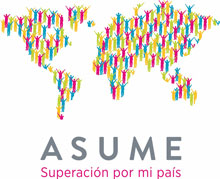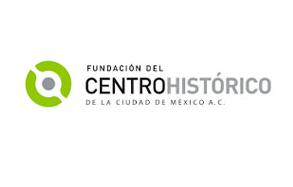Immigrant communities in the Unites States
In a reality in which there is a wide presence of Mexicans, Puerto Ricans, Cubans, Salvadorans, Dominicans, Guatemalans, Colombians, Hondurans, Ecuadorians, Peruvians, in the United States, these populations together form a great community that has become a political and social force capable of promoting better living conditions thanks to their work and organization.
Now a day, there are more than 55 million Latinos and Hispanics living in the US. This population is the second with greater growth in the US after the Asian population, and it is predicted to continue growing until 2025.
In a country with more than 300 million inhabitants, the Latino community’s social representativeness symbolizes a major impact for the public policies of their residence nation.
Despite having a large presence, five states of the United States concentrate the largest number of people in the Latino community. From highest to lowest in percentage of Latino population, these five states are California, Texas, Florida, New York and Illinois.
Hence, cities in these states act as incubators of leaders who eventually reach the national spheres. And the big cities with Hispanic population have also been political bastion of Latin leaders.
The Latino communities have successfully joined the economic machinery of the country. In addition, they contribute to the cultural and social enrichment of the areas of the country where they have presence.
However, the Latino community in the United States still faces major challenges ahead, from topics related to migratory status to the most indispensable ones, such as communication.
To strengthen and promote the work they carry out, Carlos Slim Foundation puts at their disposal various social and educational platforms that promote productive development, supporting them in their search for better opportunities that allow them achieving a better quality of life.
The digital platform accesolatino.org focuses on three key areas: education, training for employment and legal processes. Through the innovative tools provided on the portal, there are more than 243,000 people benefited from it.









